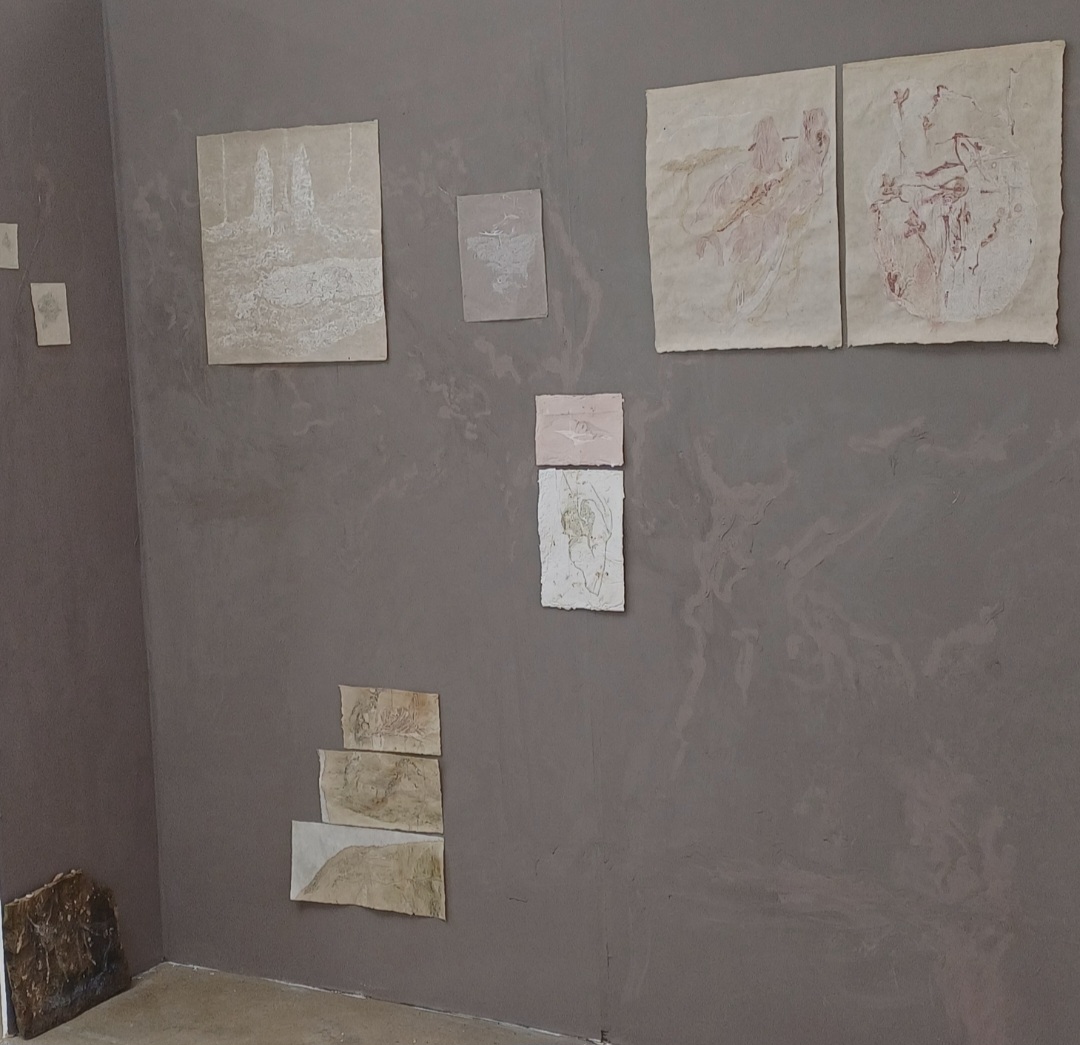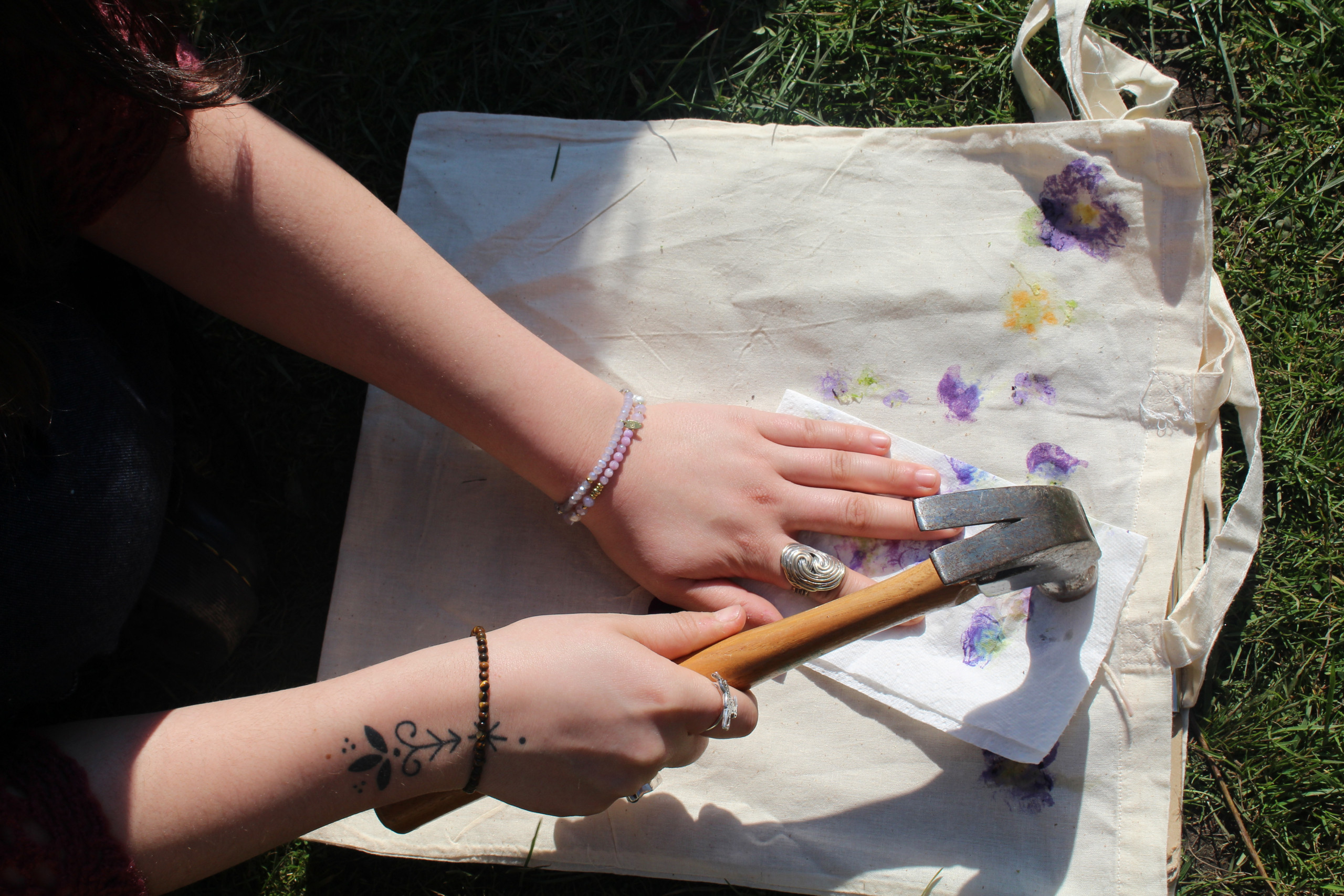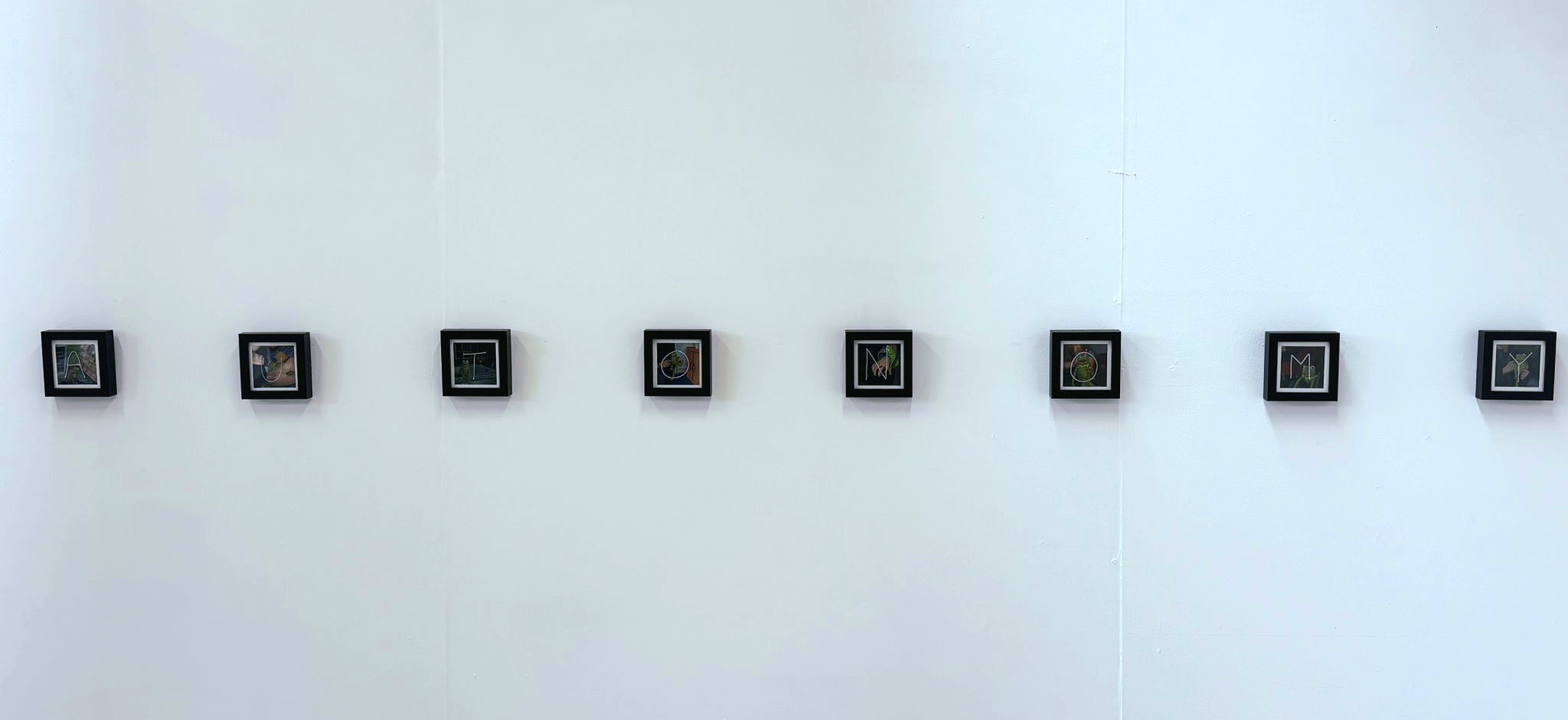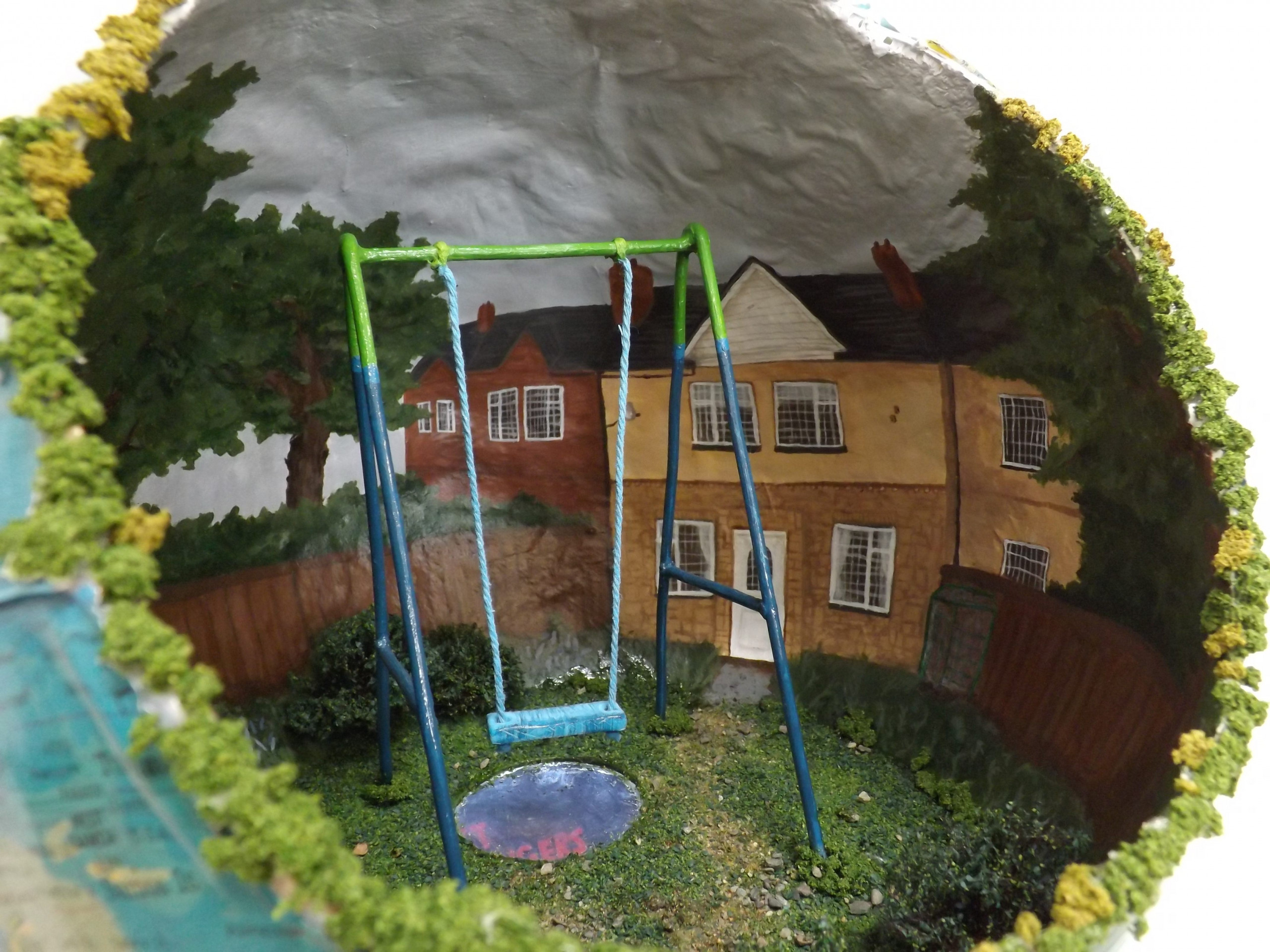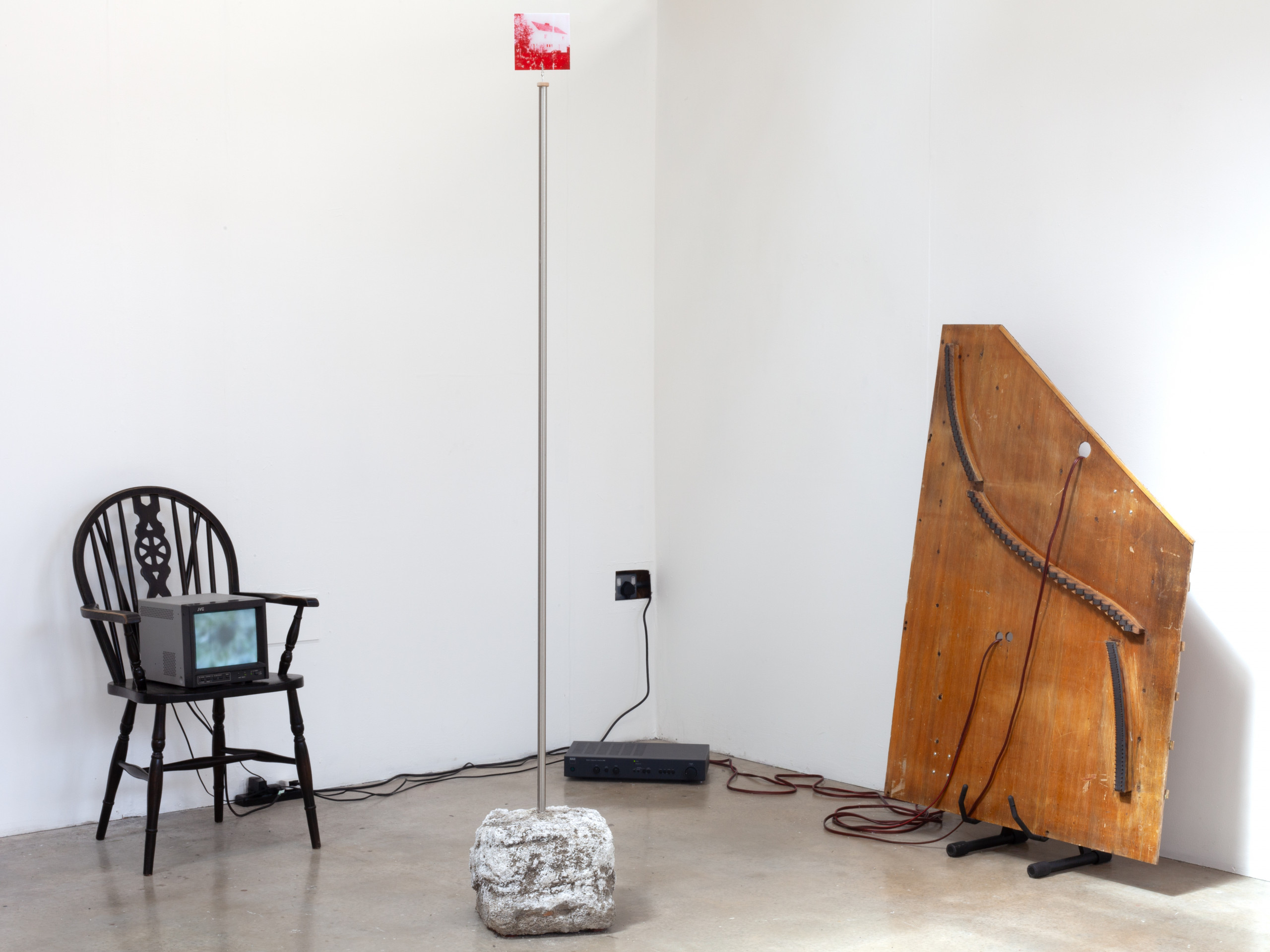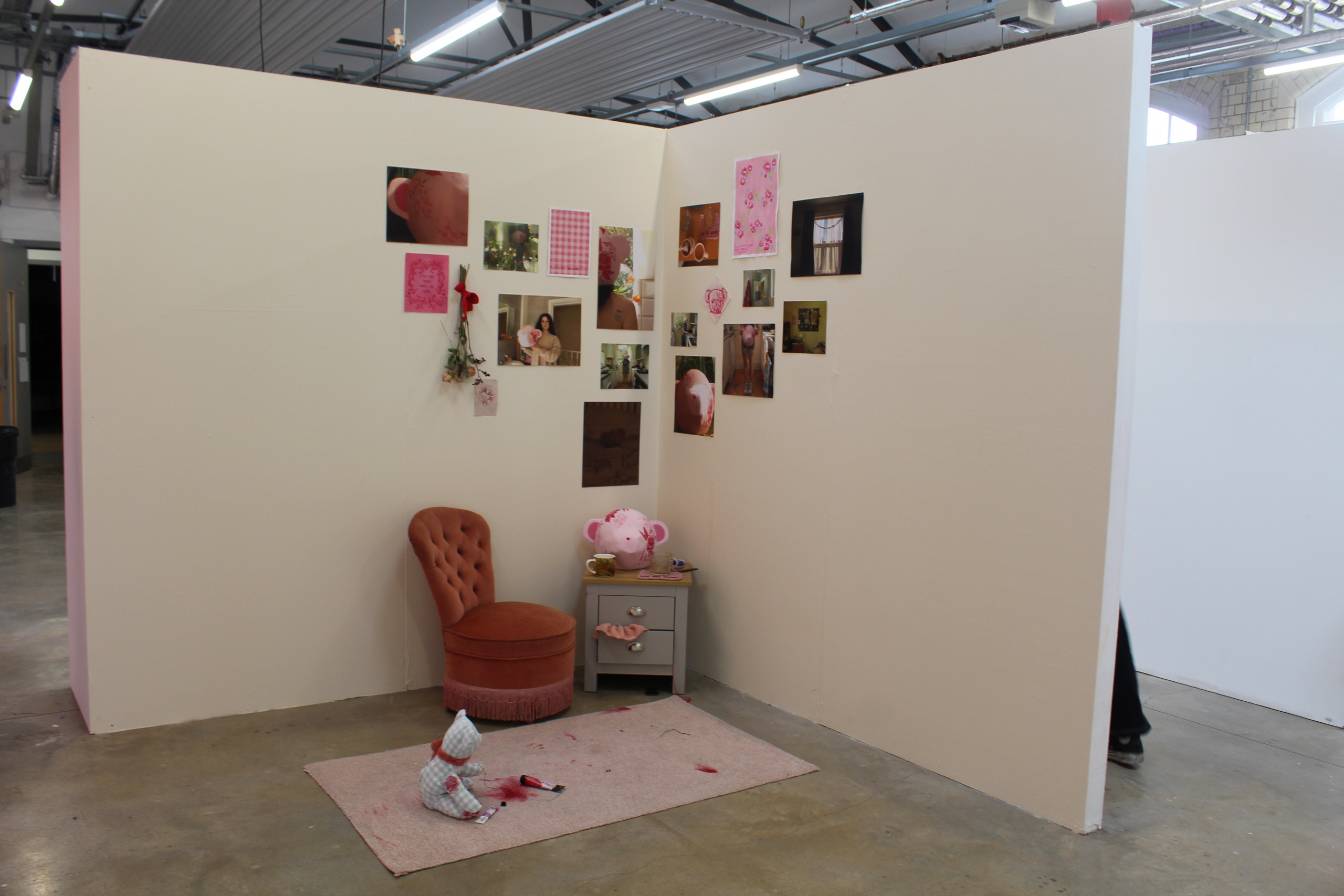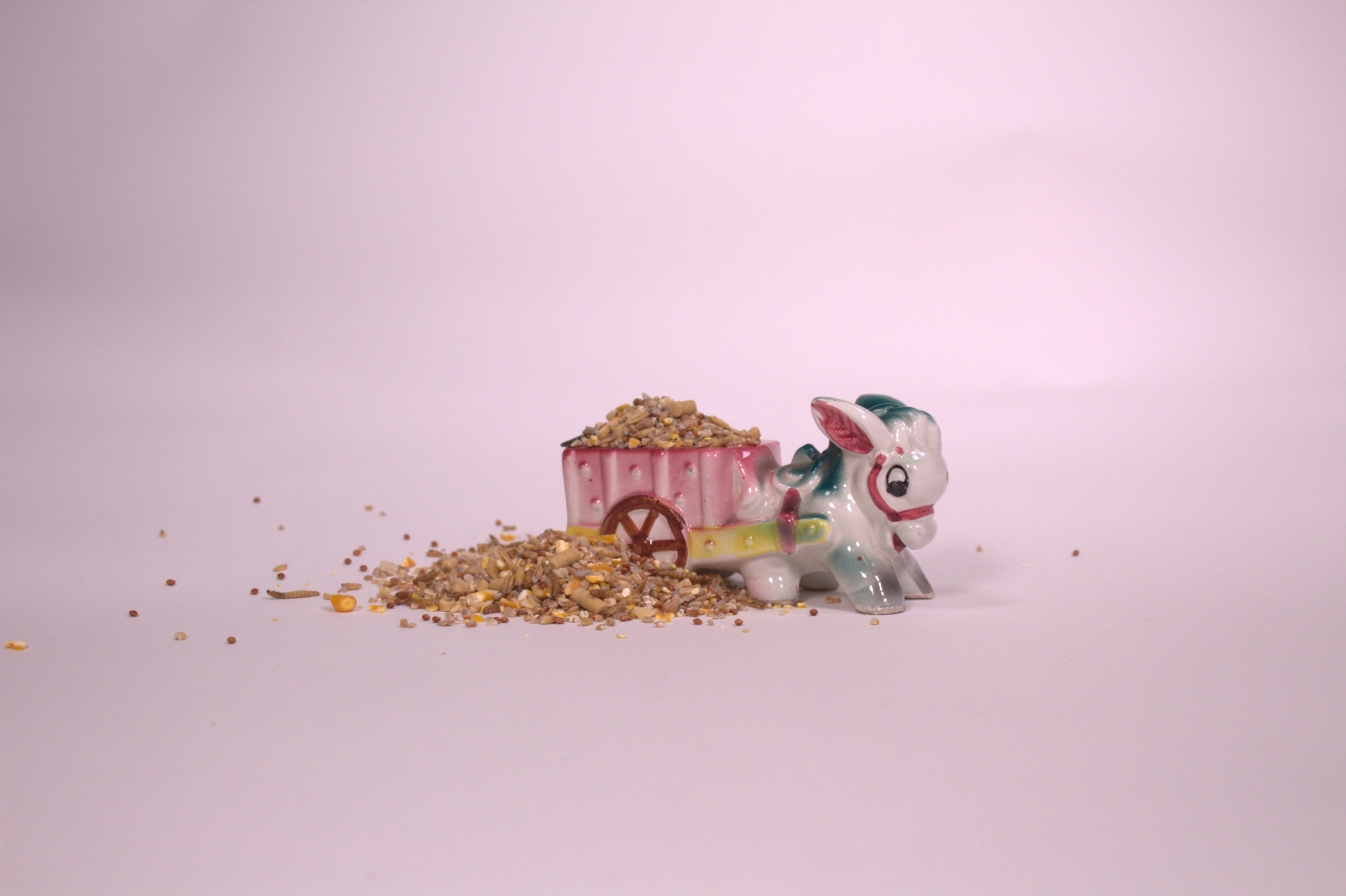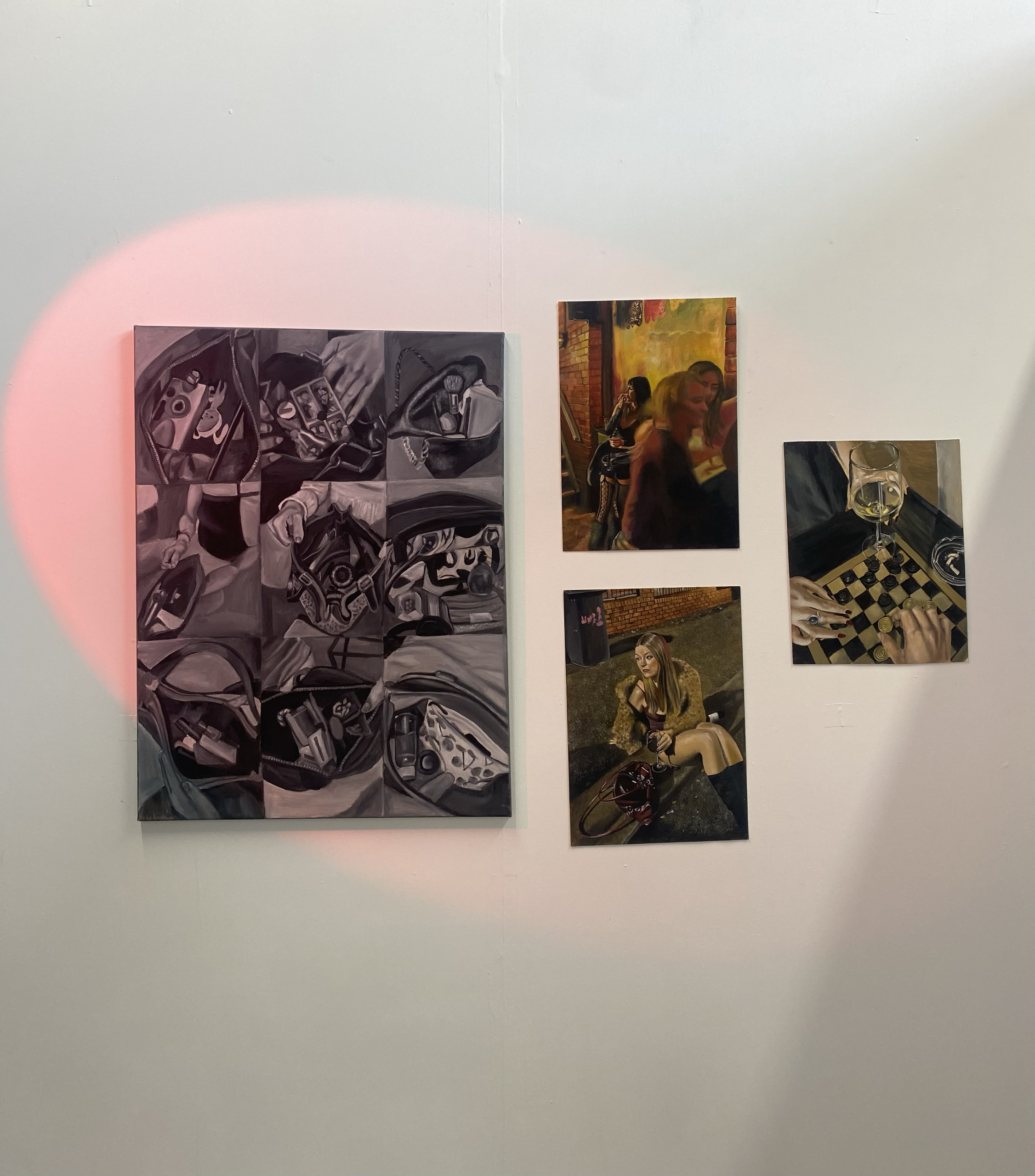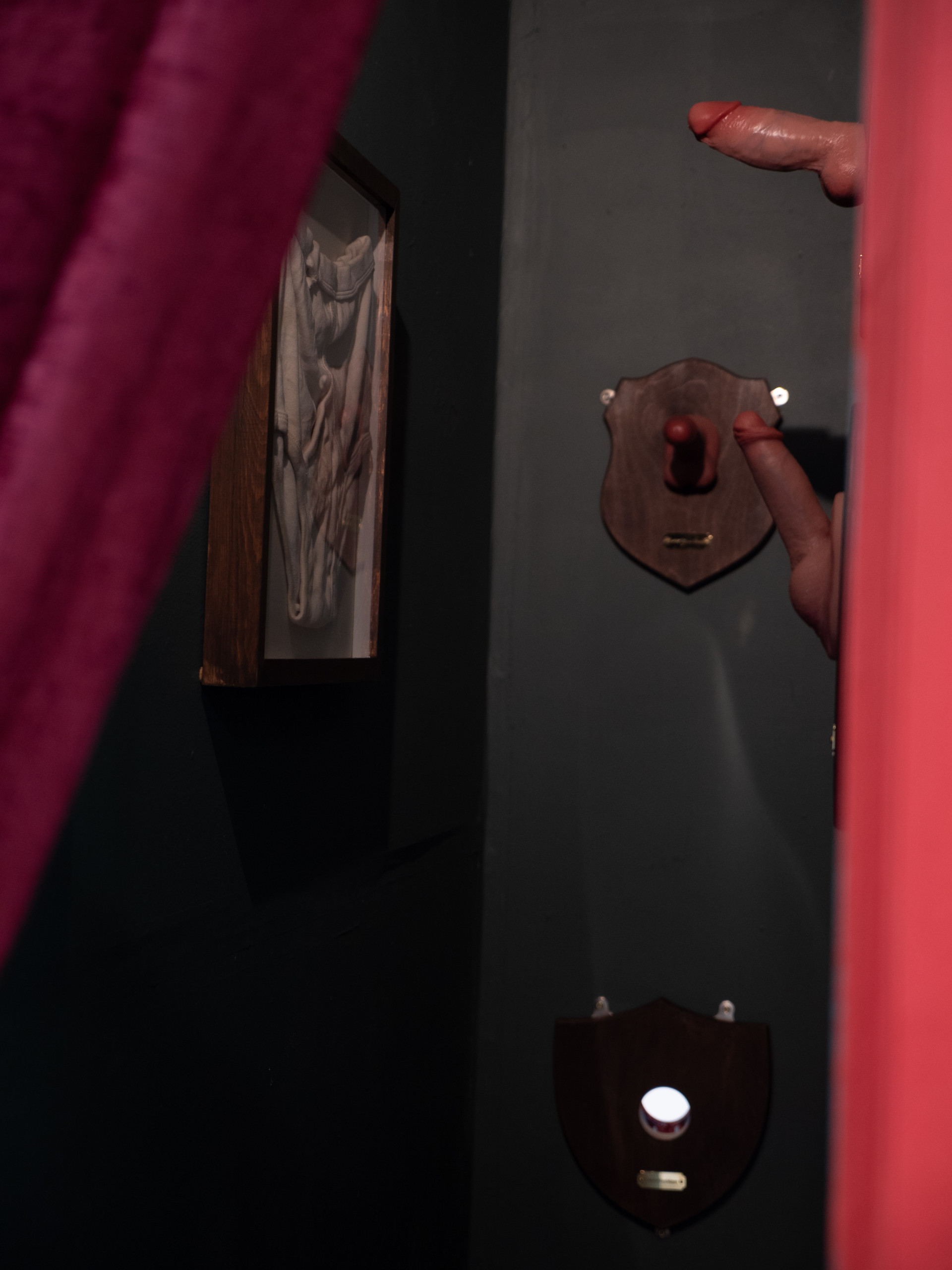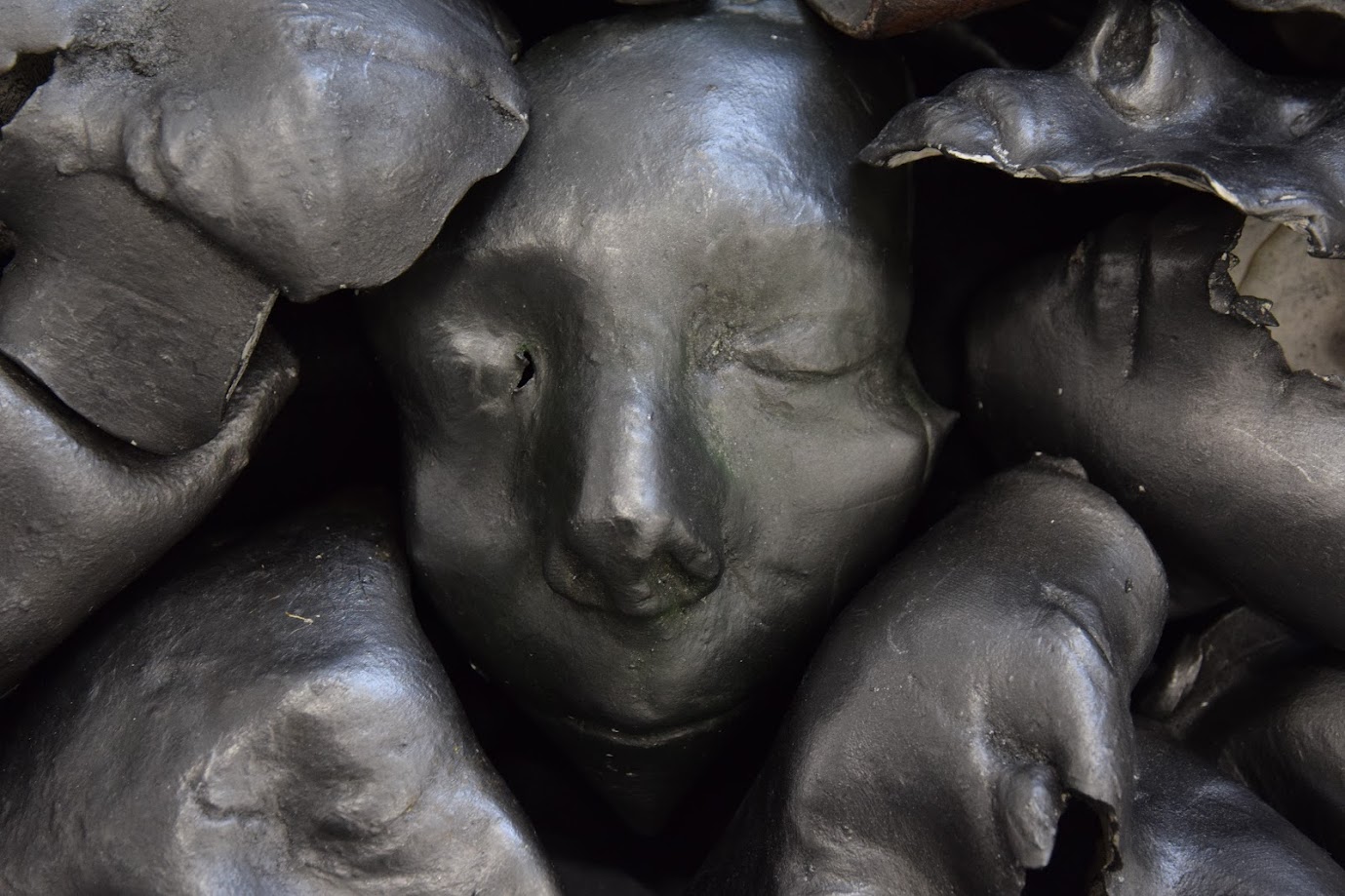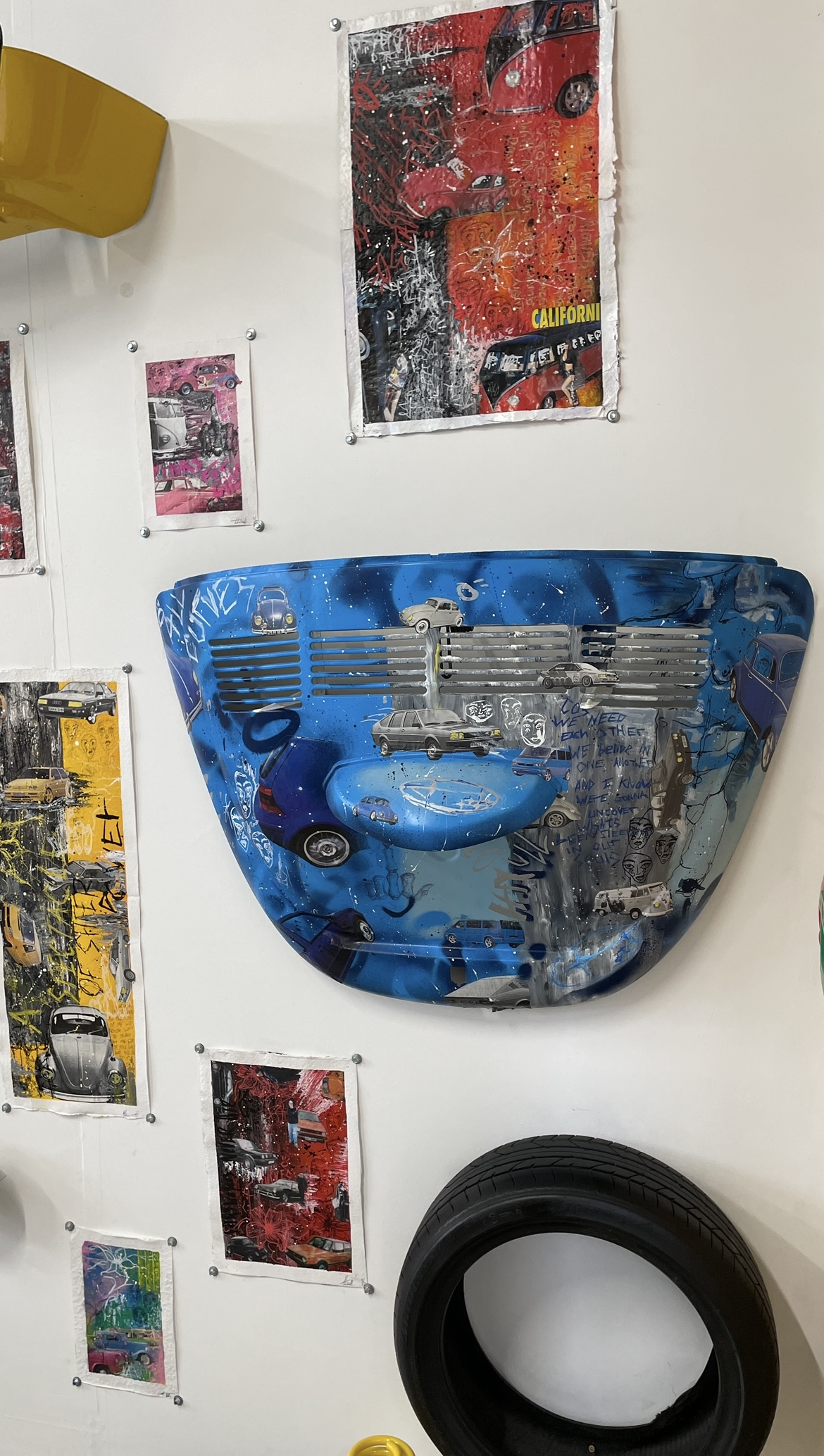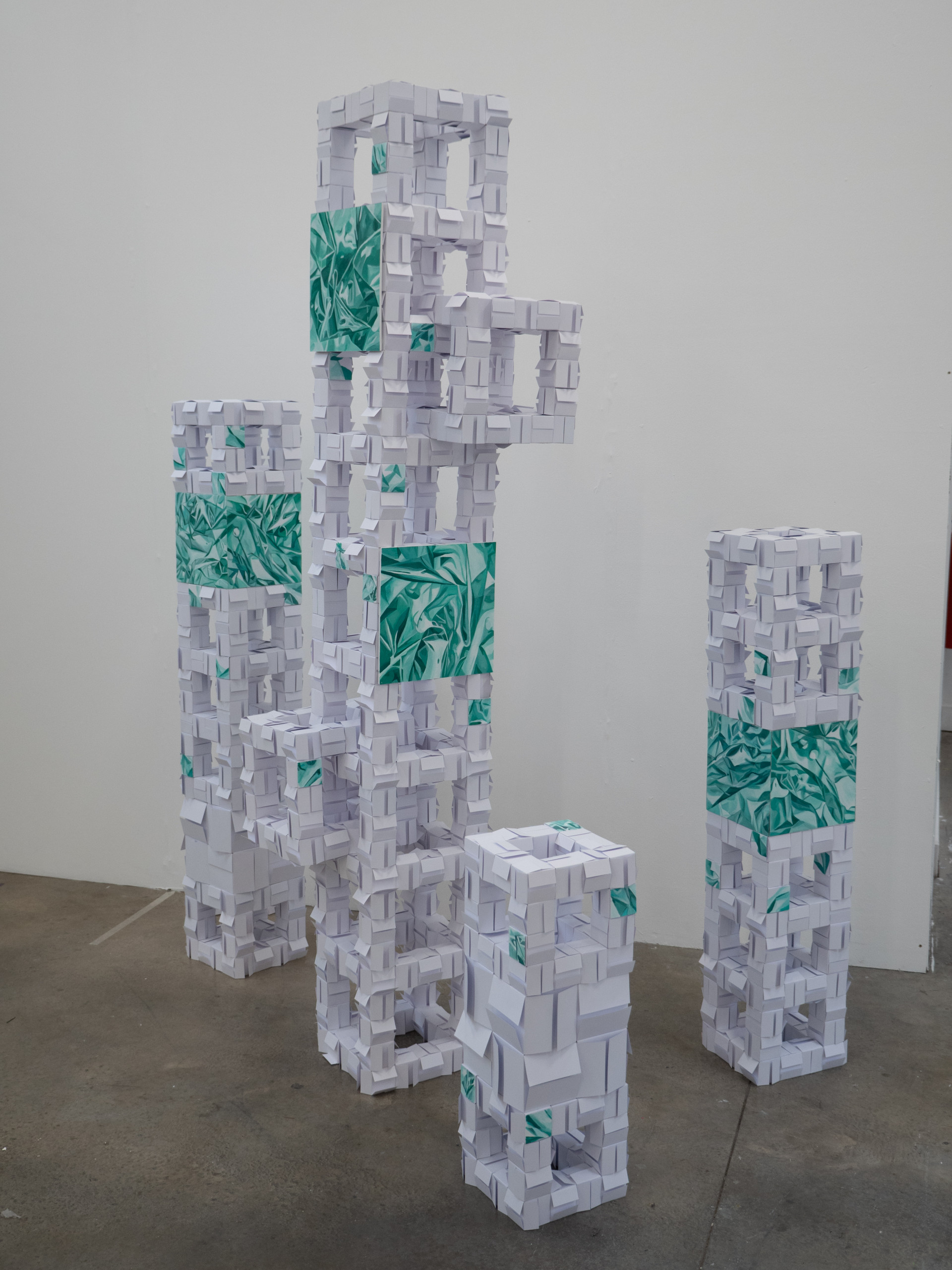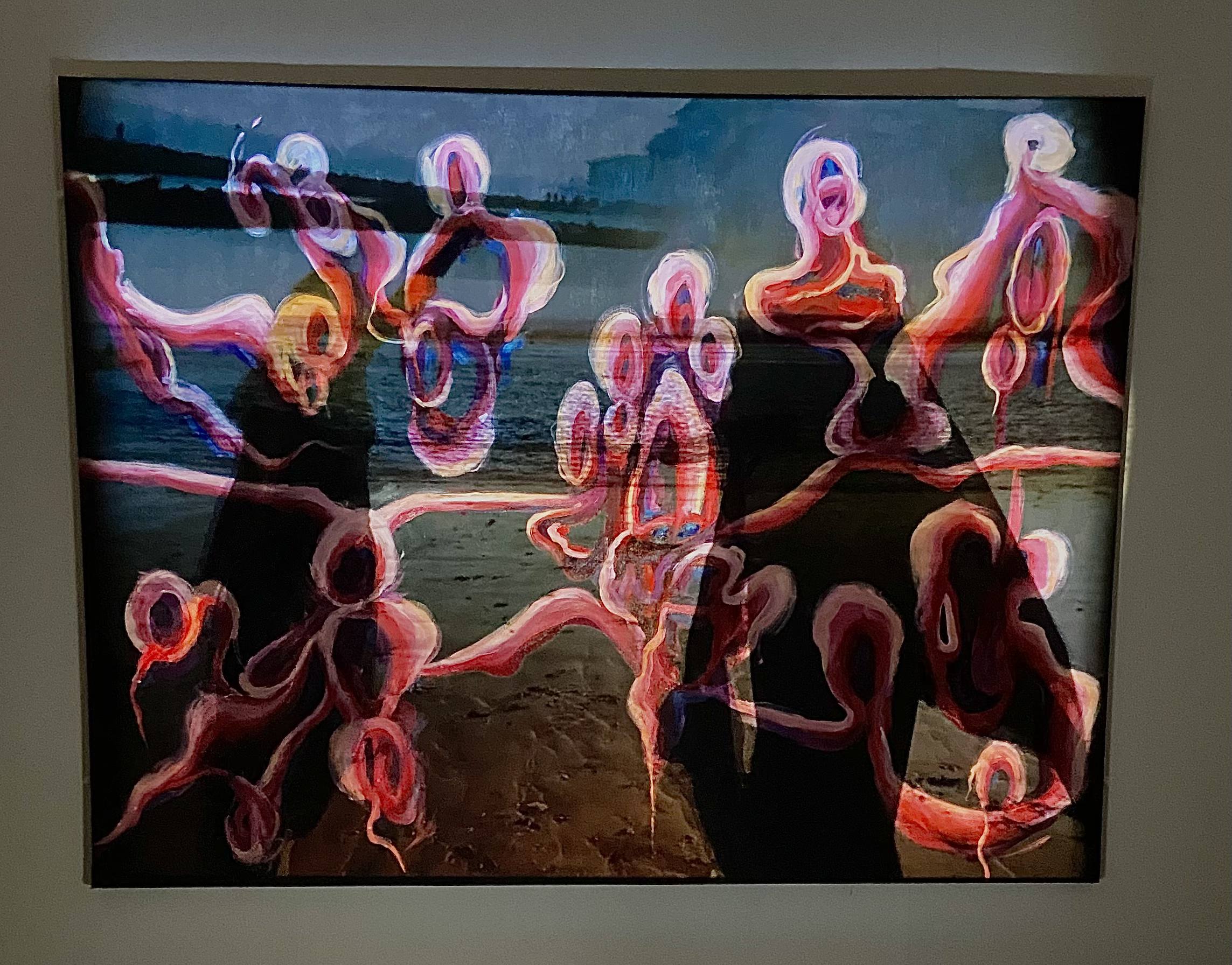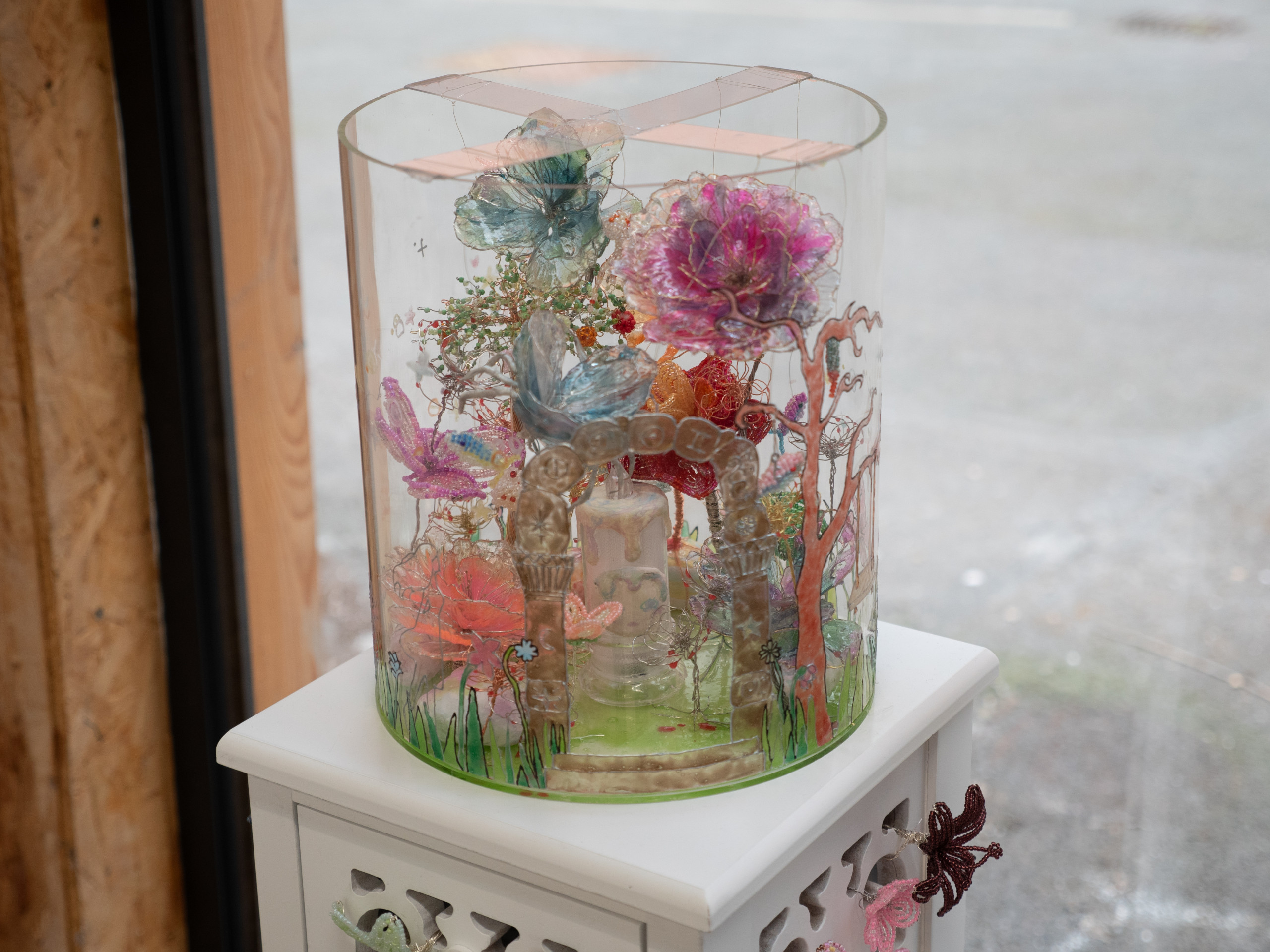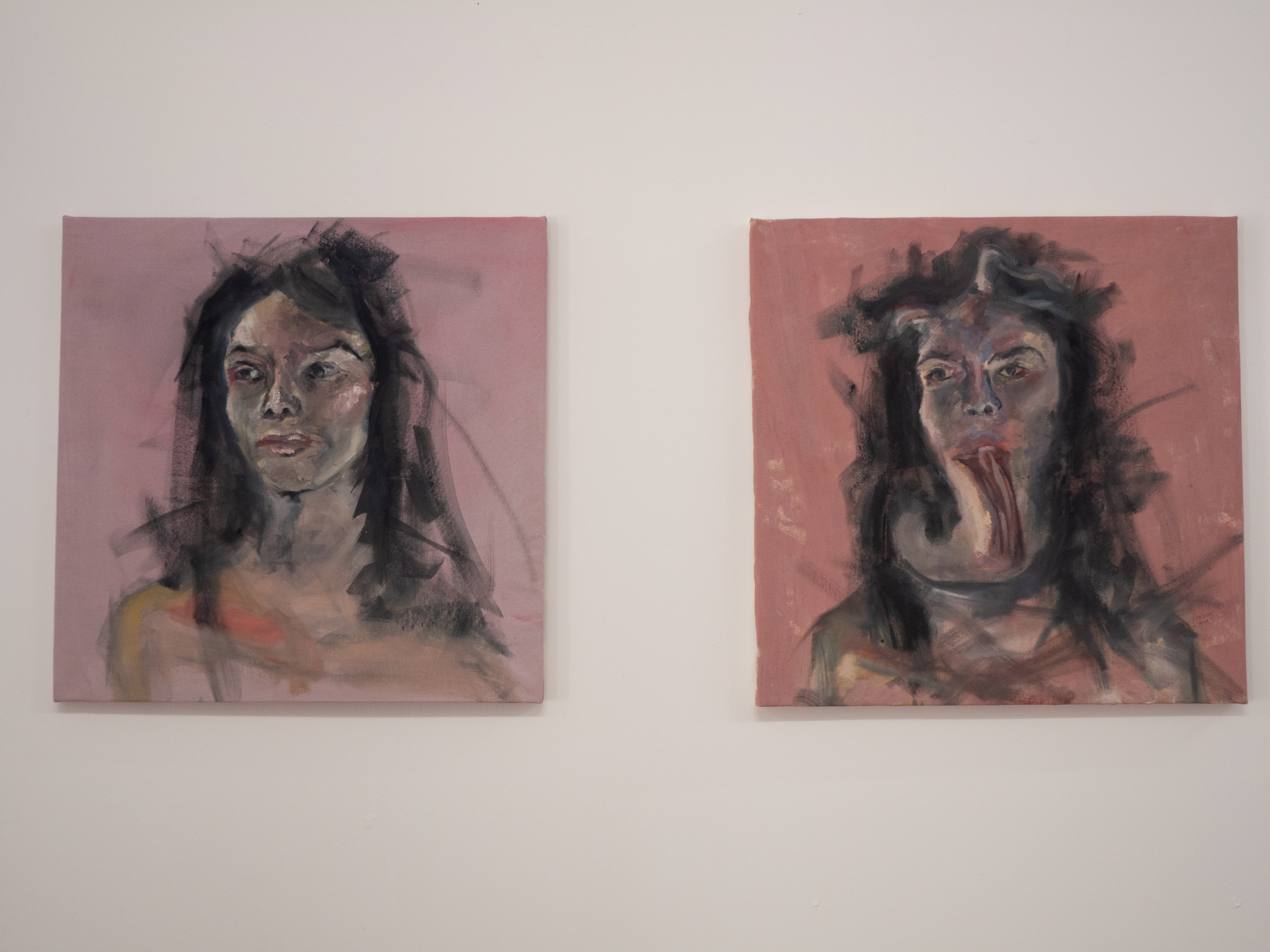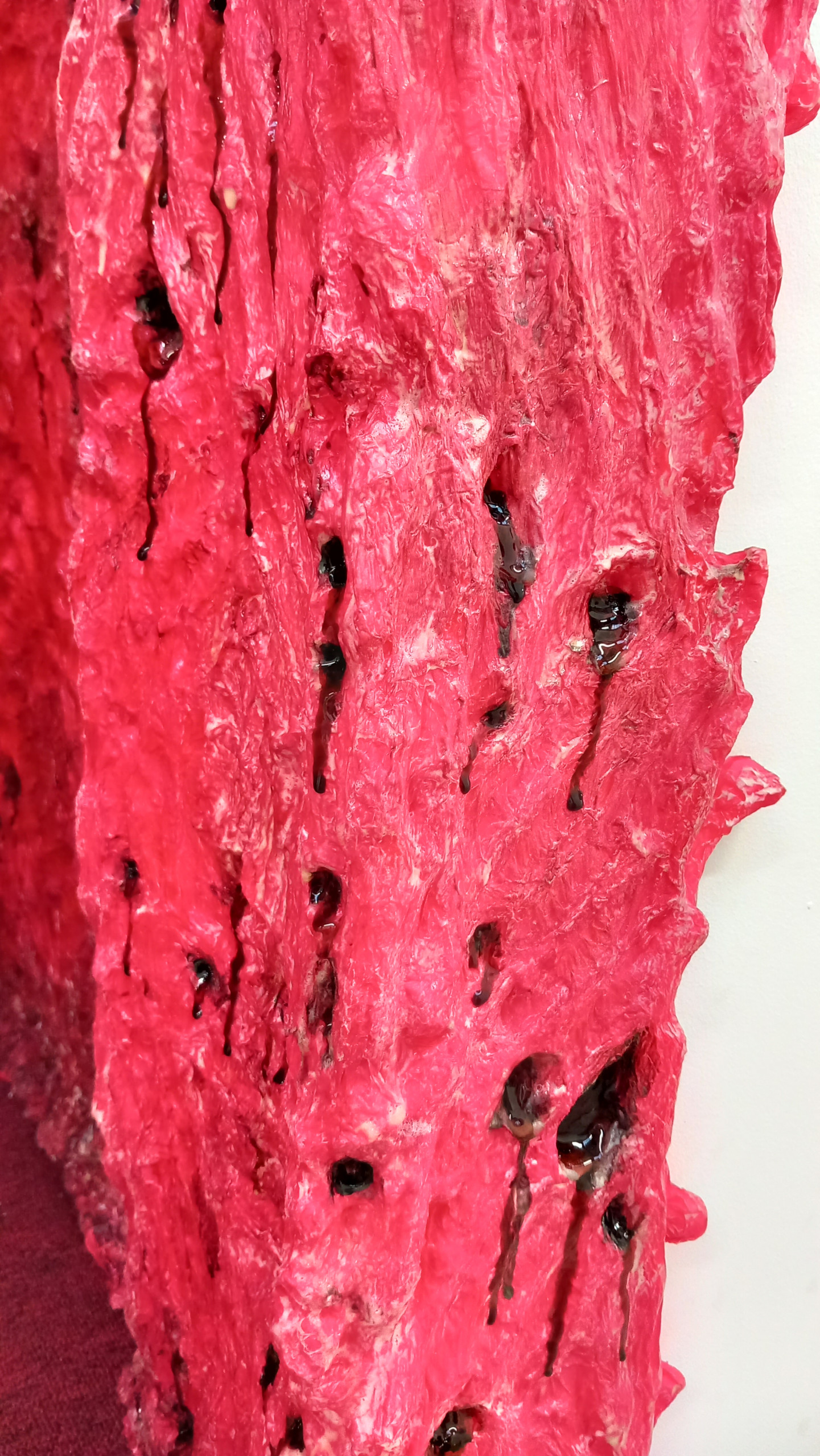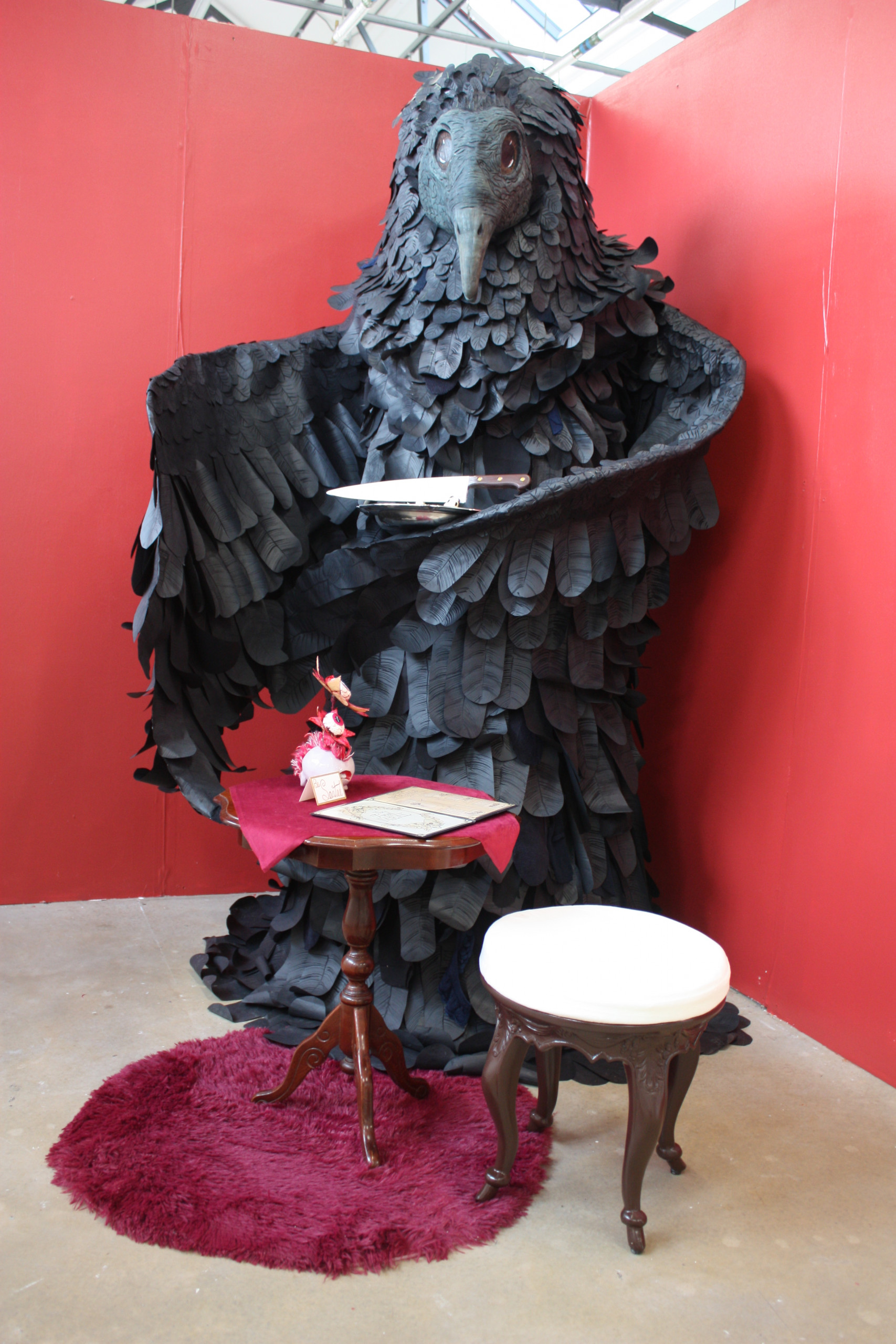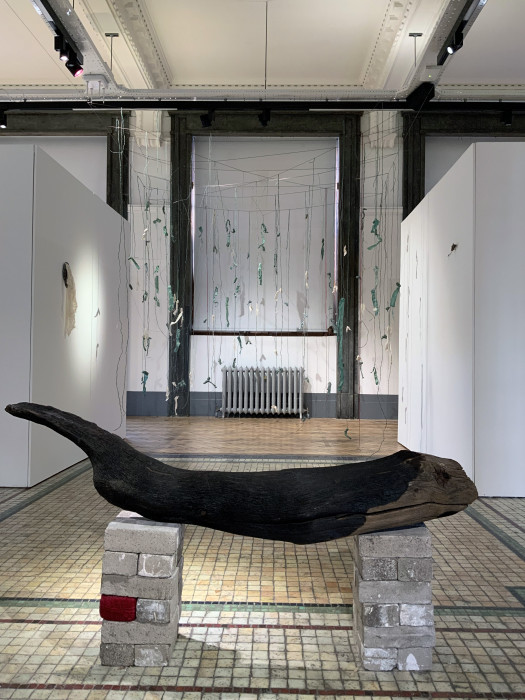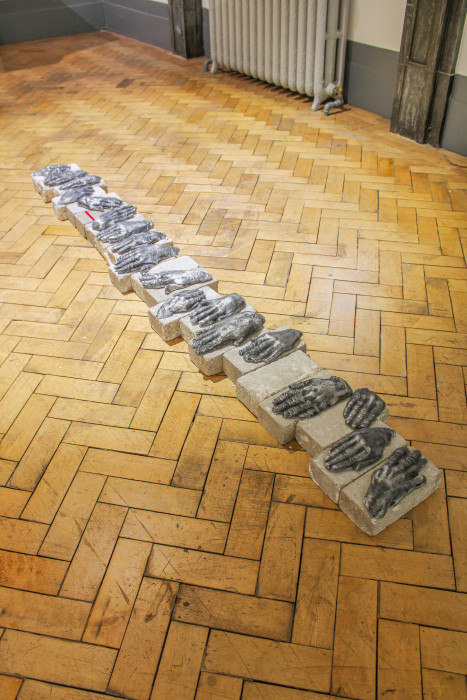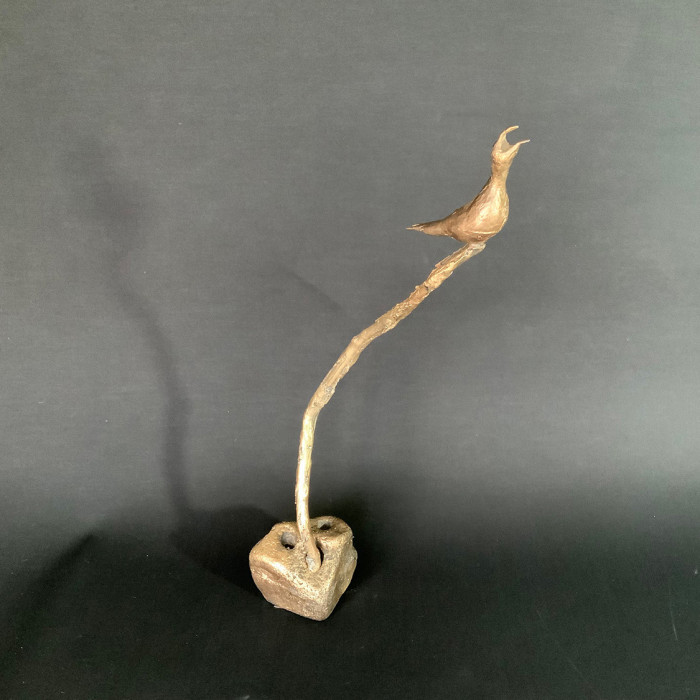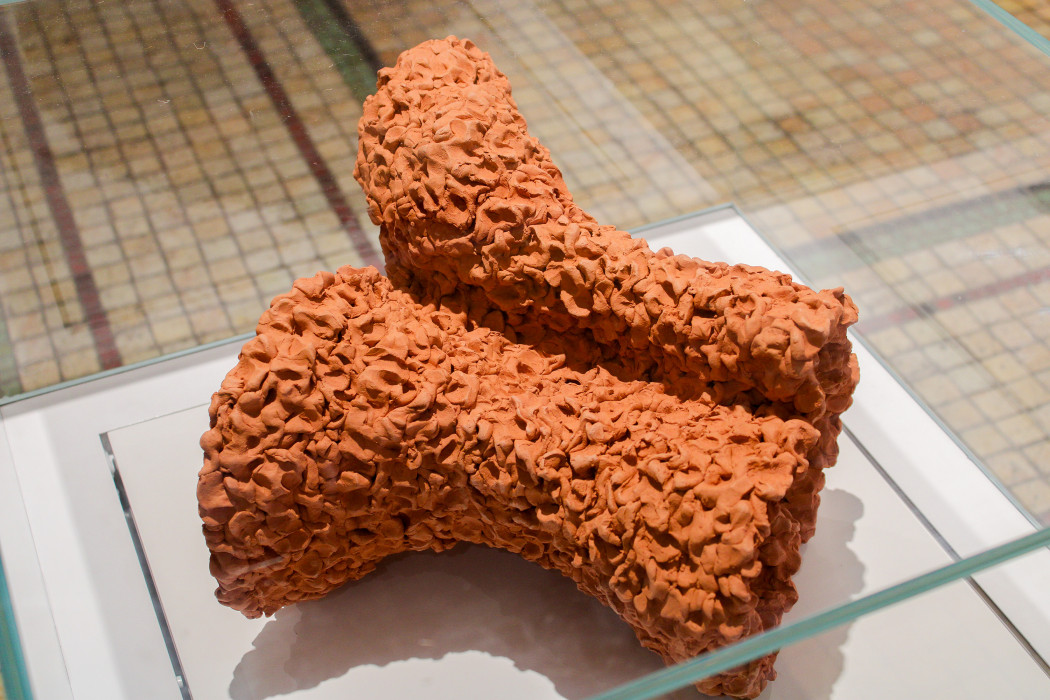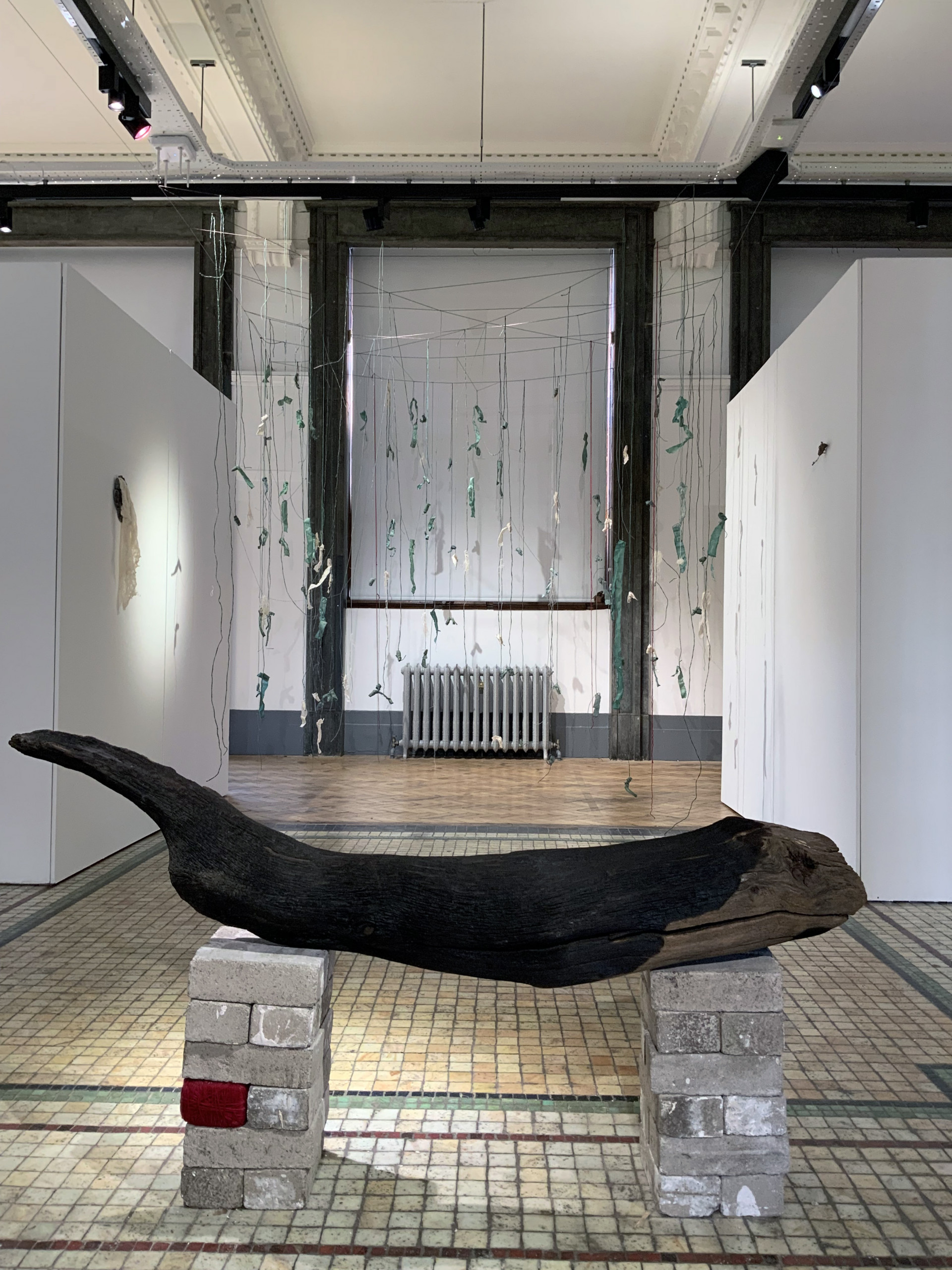
Sue discovered the Scottish herring girls when visiting NW Scotland. During the Scottish clearances in the 17th and 18th centuries, communities were forced from their homes to settle elsewhere, perhaps the coast, elsewhere in Britain, some became indentured workers in British colonies. Necessity generated the growth of the fishing industry in which the herring girls laboured until the early 20th century. They followed boats along the British coast, gutting fish, preserving it ready for sale. By the late 18th century two thirds of the fish were exported to the West Indies to feed slaves and indentured workers. The girls experienced the biting cold and wet, the possibility of sun burn, risk of injury and infection from knives and salt wounds, frequent long hours, poor pay and living conditions, some developed arthritic clawed fingers. There were positive reasons for leaving their homes, the freedom, wages and excitement of travel, the camaraderie of young women together. Sue watched the gulls, sunset, sea and sand such as the girls would have seen and looking at her hands thought of the herring girls’ vulnerabilities. They were pioneers, unconsciously ‘feminist’ stepping out into the world of men when most women and girls were confined to domestic life. They were quite a spectacle. Arriving en masse in ports along the British coast. Welcome but not by all. Sue’s thoughts shifted to migrants today, who seeking a better life are greeted with unkindness, as ‘other’ as ‘outsiders’. Her work shifted from its direct link to the herring girls to broader concerns about human fragility. Fascinated by the qualities of materials and their ability to move people, she is hands on exploring material qualities and how they can be used to transmit empathy and warmth in an increasingly difficult and complex world. Ceramics, metals, wax, natural fabrics and threads are currently in her scope. These materials, both hard and soft have enduring qualities, they have been used by humans across the ages and have the capacity to make gestures across time. They will likely remain in one form or another regardless of human tragedy or interference.


